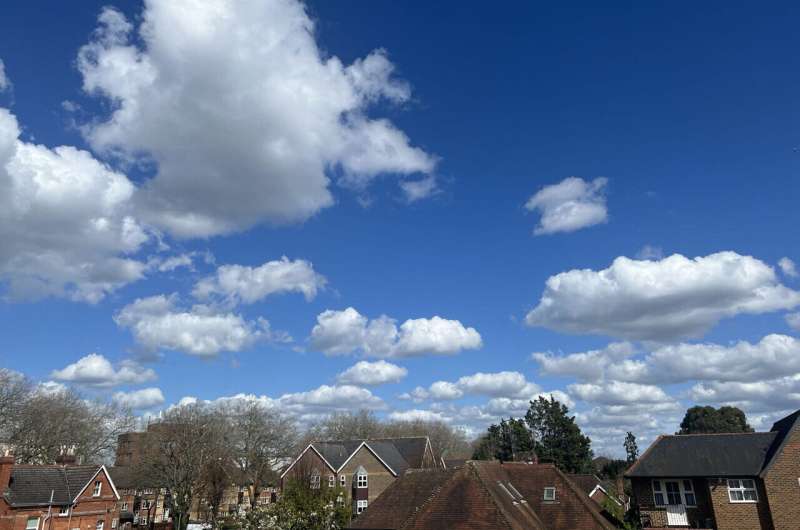This article has been reviewed according to Science X's editorial process and policies. Editors have highlighted the following attributes while ensuring the content's credibility:
fact-checked
peer-reviewed publication
trusted source
proofread
Understanding the northward movement of the subtropical westerly jet in changing climates

The subtropical westerly jet is a high-altitude, fast-moving air current that flows from west to east in the subtropical region of the Earth's atmosphere. It's an important part of atmospheric circulation, influencing weather patterns and climate conditions globally. Scientists have noticed that this jet has been shifting northward under global warming.
They've been trying to figure out why, focusing on two main factors: changes caused by temperature and those driven by swirling air patterns called eddies. But it's been hard to say which factor is more important.
A new study from the Institute of Atmospheric Physics at the Chinese Academy of Sciences might have some answers. Researchers looked at data from the past 40 years and found that during winter in the northern hemisphere, changes in temperature seem to be the main reason behind the jet's shift north.
They think this happens because the change in temperature structure is the fundamental rule governing how air moves around the globe. Their study suggests that about 72% of the jet's northward movement is because of changes in temperature, while about 28% is due to swirling air patterns.
"In the context of climate change, the northward shift of the zonal-mean SWJ in boreal winter results from the interplay of multiple mechanisms, but pinpointing the primary controlling factors is essential for refining our research thought," Dr. Chen Sheng, the lead author of the study published in the Journal of Geophysical Research-Atmospheres, explains, "Our research suggests that changes in how heat moves around the atmosphere are a big part of it. "
This study builds on the team's previous research within the PVC (Potential Vorticity Circulation) framework, which explores how air movements affect weather patterns. The new findings suggest that the northward shift of the subtropical westerly jet likely indicates changes in how different parts of the Northern Hemisphere interact with each other in terms of air circulation and weather systems.
More information: Chen Sheng et al, Roles of Thermal Forced and Eddy‐Driven Effects in the Northward Shifting of the Subtropical Westerly Jet Under Recent Climate Change, Journal of Geophysical Research: Atmospheres (2024). DOI: 10.1029/2023JD039937
Journal information: Journal of Geophysical Research - Atmospheres
Provided by Chinese Academy of Sciences





















